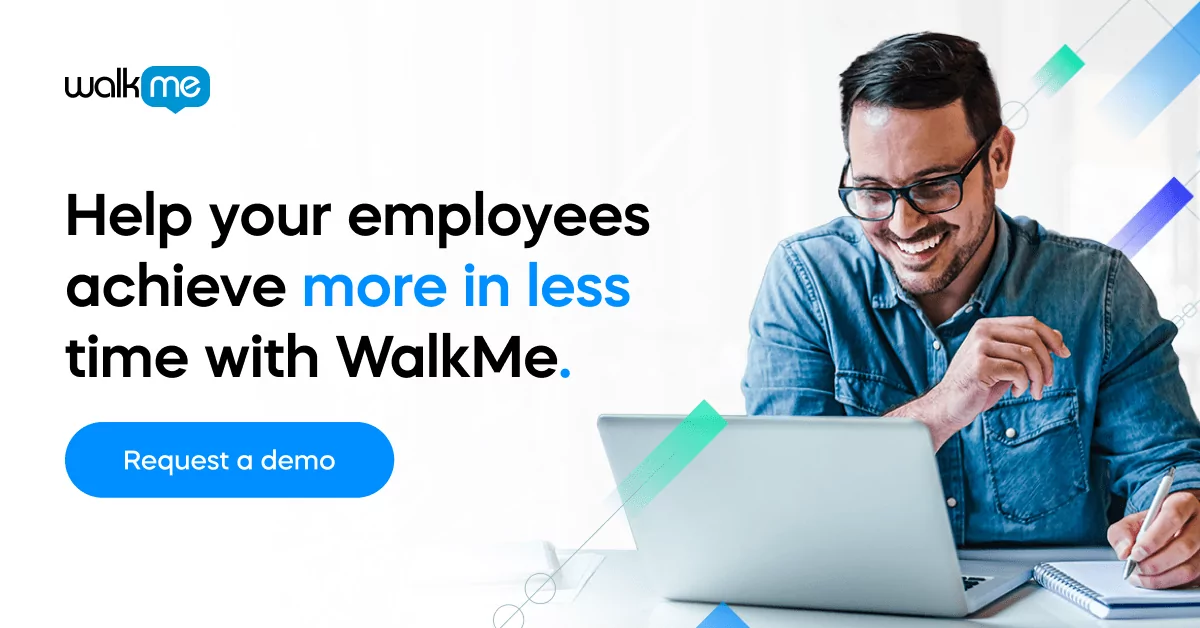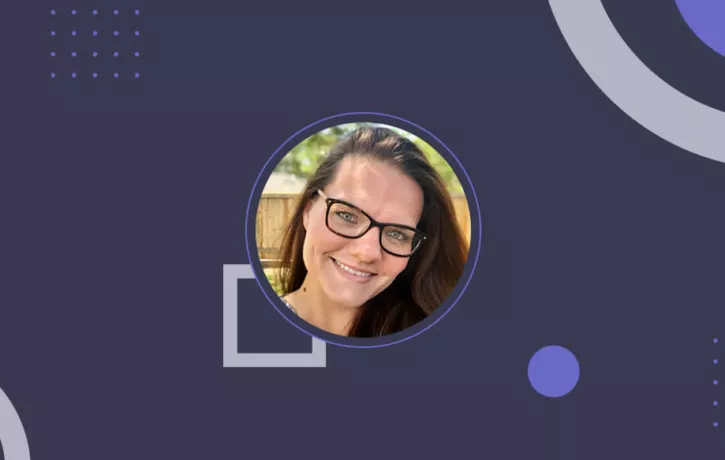AbbVie is a pharmaceutical organization with over 45,000 employees which aims to help change the world for the better. One of their key mottos is, “We do more than just treat diseases—we’re committed to new thinking and approaches that make a greater impact.”
This month’s DAP professional spotlight focuses on Digital Adoption Strategy Manager at Abbvie, Ashleigh Sylvester, who has gone through a role transformation in order to drive a new approach towards employee training and support.
In the interview below, she details the impact she has been able to make at AbbVie with the use of DAP.
1. How did you become a DAP professional? And what problems were in the company that led to the creation of the DAP professional role?
Ashleigh: I started in an Instructional Designer role and became the resident expert on systems training and creating training for system releases, enhancements, etc. We saw WalkMe at a conference and knew there was a better way to serve our users with regards to training and adoption of the system and related processes. What we were doing was time-consuming from the design and administration perspective and from the end-user’s consumption perspective. While working on bringing WalkMe into our organization, the capabilities and opportunities we were demoing to stakeholders and interested parties were generating a lot of excitement. It was difficult to maintain my day job as an instructional designer and build out a center of excellence for the digital adoption platform, so my department created a spin-off role where I was able to focus my time as a Digital Adoption Strategy Manager and get WalkMe solutions into all the areas of need.
2. How is DAP used at your company?
Ashleigh: We use DAP to educate users on how the system works, how to do their day-to-day tasks and answer questions that may come up while going through the processes. We use DAP to reduce time spent on support tickets for our system administrators by integrating more of our frequently asked questions into our ActionBot, Ava. We are starting to use DAP to help our system owners make decisions on where to focus their enhancement budgets and to help support requested enhancements that can be created or solved for in the DAP. We use DAP to reduce the time spent in creating and maintaining system navigation training. We use DAP to communicate new enhancements or updated items to users so they are more informed at the time of need.
3. What have been the greatest successes in implementation and DAP usage at your company?
Ashleigh: Reducing costs around user’s time, including time spent looking for job aids, having to re-train on an item when they actually go into the system, and trying to get answers to questions through support tickets. This ultimately benefits our user experience, as well, and increases adoption.
4. What are your biggest challenges as a DAP professional?
Ashleigh: Resourcing the current requests and projects! We have to build more items to show an in-depth ROI, including bettering our prioritization structure so the items that are being built are showing a direct correlation to numbers that our stakeholders are looking at and that our builds show a positive effect on those numbers. The more ROI we can show, the easier it will be to fund resources.
5. What excites you the most about being a DAP professional?
Ashleigh: I get really excited about enhancing the user experience. The easier I can make the system, the more users will adopt the processes, regardless of change. We have change fatigue at our organization and I am hopeful to reduce that burden on our users. If we can use the DAP to communicate at the time of need versus in an email that gets lost or goes unread, or use DAP to automate certain processes, users won’t even notice the changes. On the other side, if we can more efficiently and effectively use our resources going into system development and change requests, this will also lead to a better user experience.
6. How would you describe being a DAP Professional in 3 words?
Strategy Return Amaze


